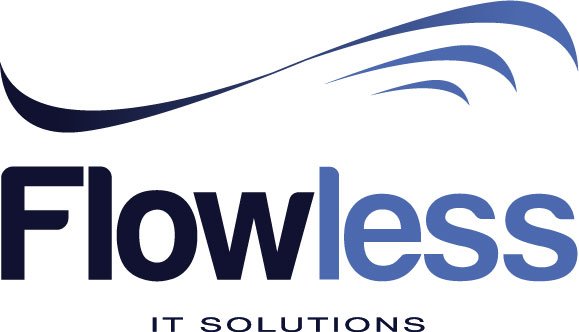Jidoka is considered as the forgotten foundation of the Toyota Production system and the lean manufacturing yet is the principle to be the most important on lean that can able to help achieve the real excellence. Jidoka is all about the source quality, or a quality, which is built in; there are no business company can be able to survive without the product and services excellence and jidoka is a route through on which this excellence is achieved.
Where Jidoka Come From?
Jidoka started its life through Sakichi Toyoda’s invention in the year 1986 is a simple device able to stop the shuttle in the automatic loom is thread is broken. It simply means that it can stop the machine from not only the defects creation but it also make the operator alert to the problem. Well, that meant one operator can operate many looms rather than to stand and watch a single loom to see is something will go wrong to it. This kind of principle is known as autonomation or sometimes automation with the human touch.
The Jidoka Principles
Its principle can be may be broken down in the following simple steps:
1. Discovering the abnormality
2. STOP
3. Fixing the immediate issues
4. Investigating and correcting the root cause of the problem
These principles are not only coffins to be used in the machines in the autonomation; jidoka is also visible in most aspects of the lean manufacturing when examination to it takes place.
Examples of Jidoka
Here are the few examples of device used for autonomation that can be seen in manufacturing and in daily situation:
Tension detector
Sensor
Proximity switch
Sheet detector
Presence sensing device
Surge protector
Jidoka Problem Solving
There are various machineries being produced nowadays that have incorporated the autonomation ideals in the designs. In addition, with the technology today, it is very expensive while the incorporation of autonomation for the machines’ designs is very simple. We tend to fail not of recognizing the highlighted problems but in making an effort to take action to make the problems corrected and solve its root cause. It is necessary perhaps that we are not only giving our supervisory staff and operators a responsibility and authority to stop the production if they see a problem but we also need to train them in the most accurate problem solving tools that enable them to remove the problem root cause.
We also need to ensure action that documentation process is updated in order to incorporate the changes and we are able to communicate those existing changes across the similar processes and similar products to impart the earning to all. In the process of Jidoka, the primary action is it detects the abnormality, for autonomation, the machine is using a simple sensor to trace the problem and stop and highlight it to the operator or to the supervisory staff. For the line stops the operator to detect the abnormality and stop the line and to highlight the problem for everyone to see in the andon boar.
— Slimane Zouggari
